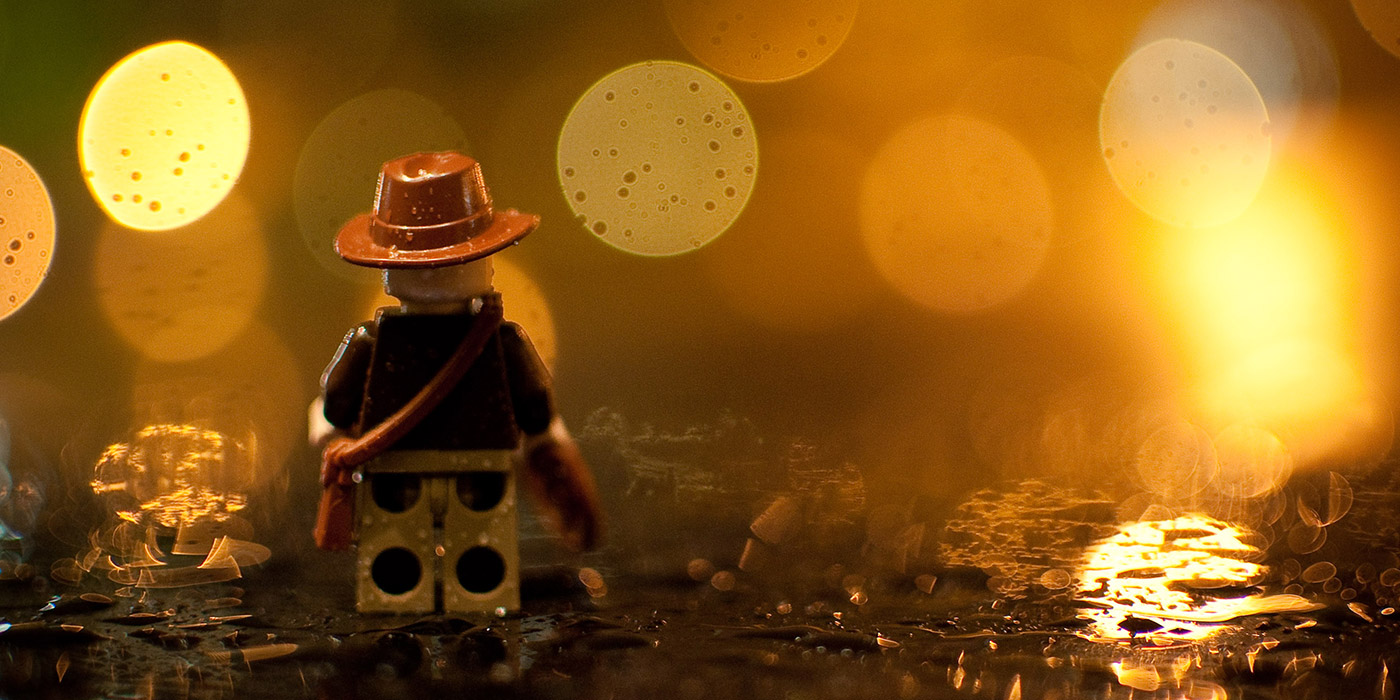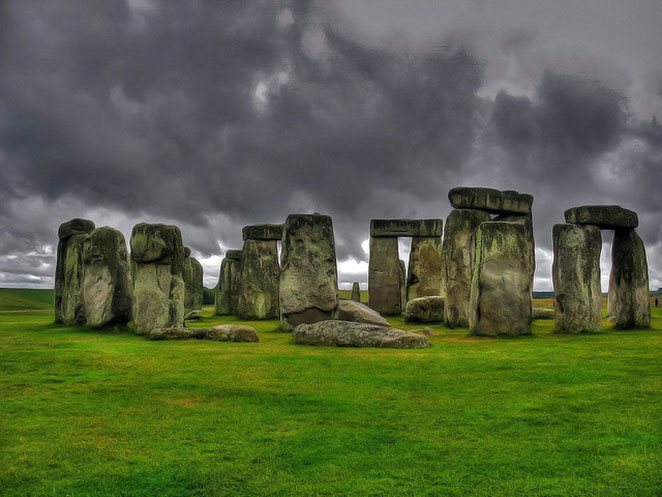The Indiana Jones movies did the impossible: depicting the dusty, grimy profession of archaeology as the stuff of action heroes. And while Indy may have solved some truly great riddles in his movies, there is a swathe of artefacts, antiques and ancient lands around the world still begging to be explored and explained. From uncrackable codes to ancient electricity supplies, these real-life mysteries are out there, waiting for the next intrepid explorer to figure them out.
Vagabondish is reader-supported. When you buy through links on our site, we may earn a small affiliate commission. Read our disclosure.
Want to try it yourself? A sense of adventure (and leather coat and fedora) is all you need to tackle some of the world’s greatest enigmas. Here’s five to get you started.
#1: Can the Code in the Voynich Manuscript Be Cracked?

Voynich Manuscript
The mystery of the Voynich Manuscript involves the kind of classic code-breaking that Indiana Jones would relish. Believed to be around 500 years old, linguists have been attempting to decipher it for almost as long. One unsuccessful attempt took four years (and several thousand scraps of paper, probably).
The Voynich Manuscript has never been translated and is thought to be written in a largely unintelligible and unique code. The two languages, Voynich A and Voynich B, are thought to have Polynesian, Latin and Arabic roots, but attempts to understand the text have largely failed. Although hand-written, there are hardly any errors in any of the 230 pages.
The book depicts and describes plants which do not exist, naked women bathing and drawings of microscopic human cell structures. Bizarrely, one picture is a near exact mirror-image of the Milky Way, and several of the pictures depict weird and wonderful, er, bathroom plumbing.
Astrological charts in the book correspond to Leonardo da Vinci’s birthday. There is said to be a similarity to his handwriting too. The plot thickens.
Required inventory
A cryptologist and a modern-day Enigma Machine would be essential.
Epic adventure scale
If the language was invented, who did it, and why? And how did that person know what microscopic images looked like – or indeed our entire galaxy? This could take you to the furthest reaches of Medieval science.
Baddies?
Perhaps there’s an evil plumber out there waiting to get their hands on some ancient secrets? If so, he’s almost certain to track down this book.
Worth solving?
Possibly – if the manuscript was created by Leonardo da Vinci for a laugh, this adventure may leave architects feeling a little let down.
#2: Who – or What – Built Stonehenge?
In situ since 3100 BC, nobody knows what this gargantuan structure in the south of England is or how it was made. It remains one of the most compelling mysteries of ancient times. Despite every type of modern scientific technology being used to attempt to unlock the secrets of this fascinating structure, nobody has yet managed to explain how it was made or why it exists.
The structure appears to be influenced by the position of the stars. Theories about Stonehenge suggest that it was used as an observatory, church, burial ground or a place for sacrificial offerings. Carbon dating proves its importance: it was regularly used for more than 500 years. Books have suggested supernatural or extra-terrestrial assistance in positioning the enormous slabs, some of which weigh more than 25 motor cars.
The best theory of all comes from the oldest known account of Stonehenge – a poem dated 1150. It describes Merlin lifting the stones into place, and comes complete with drawings.
Without actually visiting the Neolithic people that built Stonehenge, the human race will probably never know the truth. Sounds like a job for our hero.
Required inventory
A time machine, Professor Brian Cox, and an expert in ancient wizardry. Those on a budget might want to reconsider.
Epic adventure scale
A “domain of the dead” with cameos from Merlin, ET and the coolest boffin in England. Grab the popcorn!
Baddies?
Dark forces may prevent the secret of Stonehenge from being unlocked – but until its true purpose is known, nobody will know who Indy is up against.
Worth solving?
We’d finally know if Stonehenge is a mystical, supernatural site or simply an ancient graveyard.
#3: What Was Powered by the Ancient “Baghdad Battery”?
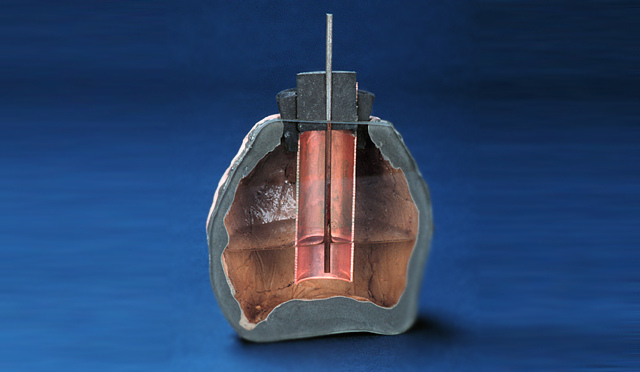
Baghdad Battery
A series of rather plain clay pots were excavated in Iraq by a German archaeologist in 1936. Within them was a truly incredible discovery. Tucked away inside these pots made in 200 BC sat a copper and lead alloy tube containing an iron rod. When reconstructed, this primitive power source could generate half a volt of electricity – or up to 2 volts with grape juice or vinegar as an electrolyte.
Was the battery actually invented 1,800 years before previously thought? And what was the Baghdad Battery actually for? Chaining the batteries together would not produce any significant increase in power, and no wires have been found. But curiously, needles have.
Theories suggest a primitive form of electro-shock torture could have been in use amongst warrior tribes in ancient Iraq. The battery could also have been used for medicine, or plain old religious scaremongering, with the additional possibility of magic tricks being used to incite money from passers-by. Whatever Indy discovers on his travels, this one will be sure to give him a buzz.
Required inventory
Some wires to hook up those batteries and see what they can do. A Tesla coil would also look cool.
Epic adventure scale
Electricity in pre-historic times could open up all kinds of cross-genre possibilities.
Baddies?
These warriors had needles and electricity on their side, long before anyone else would know what to do with it. Who knows what advanced weaponry they’ve been working on?
Worth solving?
Historians are concerned that more and more Baghdad Batteries could be destroyed as war rages on in the area. That alone gives historians a reason to get stuck in as soon as possible.
#4: Discover the Mythical City of Atlantis
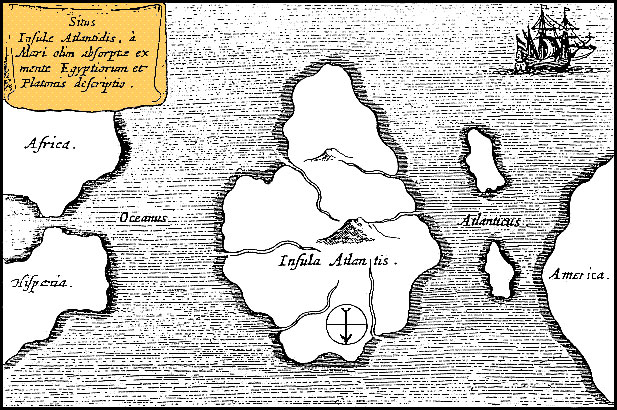
Lost City of Atlantis
The legendary land of Atlantis has long been the subject of speculation. Renowned as the original paradise on Earth, it is said to have been destroyed by a volcano and flooded. Legend has it that Atlantis now lies deep underwater in an unknown location.
Nobody has ever conclusively proven that the legend has basis in fact, and nobody has found evidence for the slightly more fanciful tales of six-winged horses, hot and cold natural springs and huge seams of precious stones.
Many countries claim Atlantis as their own, but its true location has never been found. Stories cite it off the coast of Crete near the striking volcanic island of Santorini. Plato believed it to be in the Atlantic ocean. An earthquake in Thera, Greece in 1956 uncovered tantalising new evidence of an ancient civilisation. Other suggested locations include the Bahamas, the Bermuda Triangle and Bolivia. Where will the story begin – and end?
Required inventory
Classic Indiana Jones would get stuck in with a diving bell first. Likely to be travelling pretty deep so how about a submersible?
Epic adventure scale
Discovering, and befriending, a lost civilisation would be the ultimate comic book adventure story.
Baddies?
The residents of Atlantis have more-than-likely adapted to life underwater, therefore, having a major advantage over us land dwellers. Furthermore, who knows what sea creatures they keep as dogs?
Worth solving?
Finding Atlantis would settle a few arguments, that’s for sure.
#5: Who Is Depicted on the Shroud of Turin?
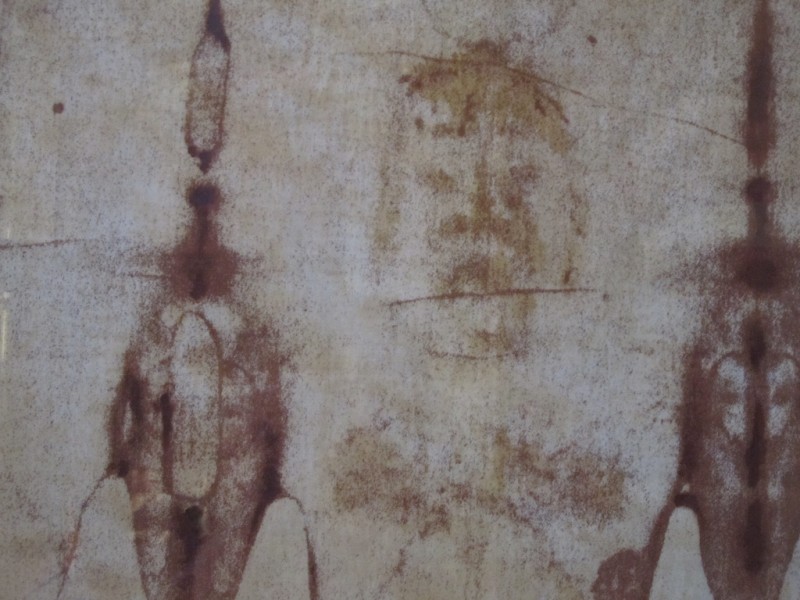
The Shroud of Turin (reproduction) © John Mosbaugh
Nobody knows how it was made, nobody knows (for sure) who it is, but scientists believe that the Turin Shroud does display evidence of a crucifixion.
But does it show the face of Jesus? One theory put forward by Italian art expert Luciano Buso suggests the original shroud was lost and the Shroud of Turin is a 14th century copy. The Pope was alerted to the possible forgery as early as 1319.
Debate continues to rage about the authenticity of the shroud and the face of the man who was apparently buried in it. Some people claim to have seen writing, coded numbers, spears and even coins imprinted in the shroud in the course of trying to unravel its mysteries. One theory even claims it is the work of Leonardo da Vinci.
If it is a fake, what happened to the original shroud? If the shroud in the church in Turin depicts another man’s face, who is he? Why was he killed? And what of the Sudarium of Oviedo – the second shroud made from identical material which matches the markings on the Turin Shroud?
Required inventory
A bumbling historian sidekick would be required to explain exactly how the image came to be on the cloth in the first place. Some of the world’s top scientists would also have to be enlisted to settle the forensic debate; carbon dating the Shroud has been inconclusive so far.
Epic adventure scale
An unsolved mystery and a religious controversy that has been raging for almost 700 years is about as epic as they come.
Baddies?
You may need a few insiders in the Vatican to gain access to one of the most precious items in Catholicism. Upon entry you’ve got a lot of angry clergymen to deal with.
Worth solving?
The results could change the course of human history.
(Note: this article was originally published in October, 2011)


